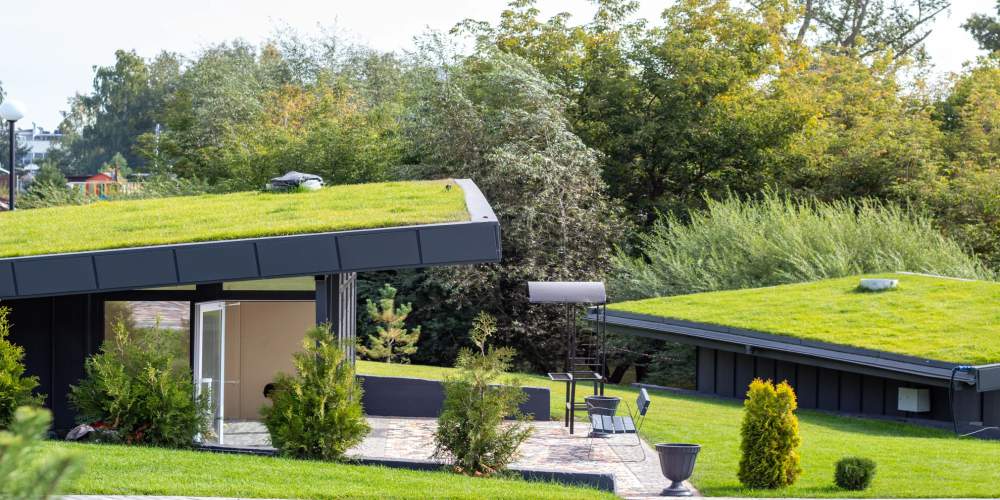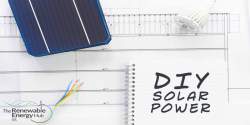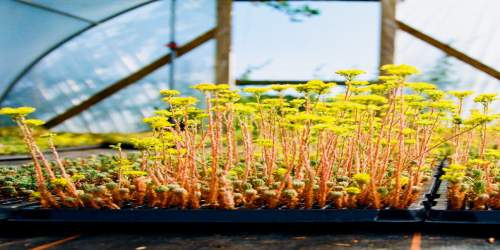Read Time : 1 Minutes
Is my roof suitable for a Green Roof - Sedum Roof
Is my roof suitable?
Green roofs can be both retro-fitted and installed on new buildings. As noted above, the extensive, shallower type is much more likely to be suitable for smaller and domestic buildings than the intensive variety. The angle or pitch of the roof is another factor to be taken into account when considering installing a green roof. It is most common for flat roofs to be ‘greened’ (especially using the thicker, intensive type), though it is possible to install a green roof on titled roofs. Steeply inclined green roofs sometimes use the same arrangements as green walls. Given that the heavier intensive green roofs can be highly elaborate installations featuring gardens with gravel, paving slabs, safety barriers and garden furniture (to say nothing of irrigation and drainage systems), these often require significant structural improvement work (using steel and concrete structures) in order that the roof can take the weight of the installation. Given, moreover, that this type of green roof often also requires more maintenance, it is necessary that the roof be safe to walk on. It is for this reason that engaging a specialist engineer is absolutely vital when considering installing any kind of green roof (even the lighter, extensive variety). The load-bearing ability of the roof is probably the single most important consideration here. Regardless of the size or type, all green roofs (and walls, for that matter) will need exposure to sunlight, water and nutrients in order to remain alive. If, therefore, the proposed site is significantly covered by the shadows of nearby buildings, the installation of a green roof may not be viable. During the installation of the green roof it will be necessary for the installers to gain access to the roof. If access to the site is tricky, it could add significantly to the cost of the installation. The potential effect on (or, indeed, benefits for) the local wildlife population is also something which must be taken into account when considering a green roof. Useful information on local wildlife populations and habitats for those thinking of installing a green roof can be found on the website of The British Wildlife Trusts: http://www.wildlifetrusts.org/.
COMPARE PRICES FROM LOCAL INSTALLERS
Compare prices from local companies fast & free
Enter your postcode to compare quotes from leading professionals. We promise to keep your information Safe & Secure. Privacy Policy
Find a local installer
Welcome to the biggest directory of UK renewable energy companies





 How do Green Roofs Work
How do Green Roofs Work





